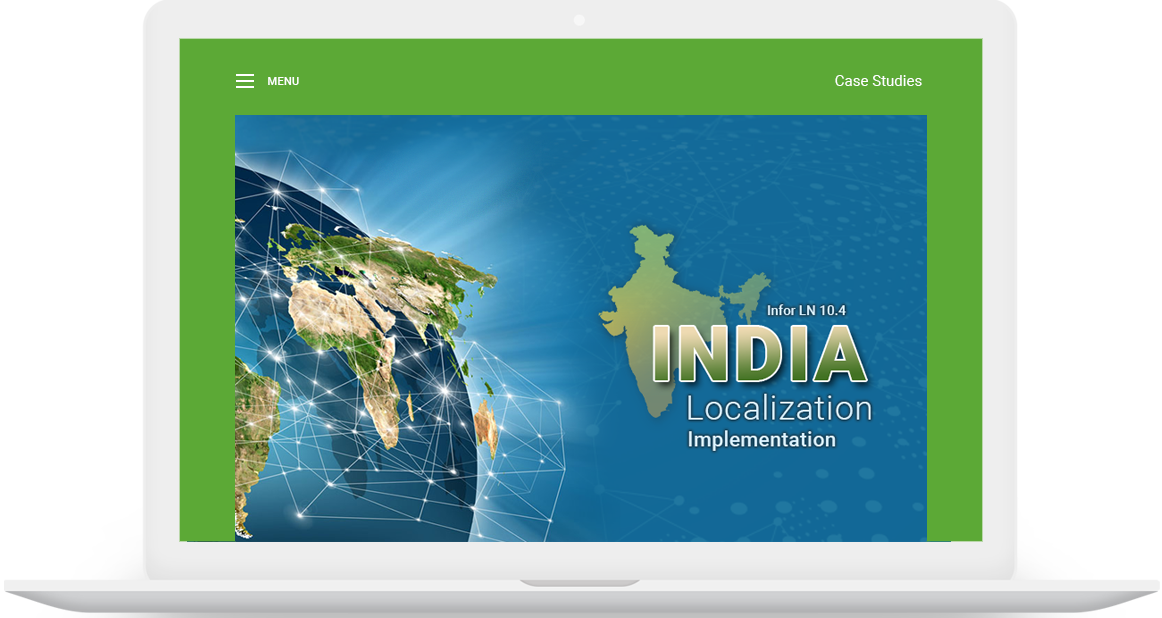
Repetitive Manufacturing - Use case and ERPLN Context
What kind of industries should go for Repetitive Manufacturing? Type of Industries:
- Auto parts manufacturers,
- Cement, automobiles,
- FMCG Manufacturers,
- Durables Goods (Washing machine, Refrigerators etc.)
- PCB Manufacturers (Electronic Goods)
- Tier 1 and tier 2 automotive, either in stand-alone manufacturing, or as a supply line for larger assembly lines.
- The production of household appliances and consumer electronics.
- Medical supplies and semi-processed foods
- Any manufacturing environment or parts of manufacturing environment with a continuous and steady demand.
- Standard (not customized)
- Inexpensive
- A limited number of variants
- May be complex
- A flat bill of material
- Ability to automatically create Production schedules from MPS and MRP planning
- Multiple assembly schedules per production line
- Work Cell Configuration
- Production Models
- Multimodal Production
- Work Cell Reporting
- Back flushing of components based on completion quantity
- Lot and Serial number assignment
- Cost collection based on Periods (Work Cell Cost Document Feature)
- Cost Efficient - The process reduces the cost to produce items.
- Frees Resources - The continuous nature means time is only spent on manufacturing products. Also, employees’ responsibilities do not often change. More than likely, they will be responsible for maintaining machinery.
- Low Skill Level - The use of machinery for complicated tasks means the job could potentially have a low entry point for prospective employees.
- Easier to schedule - The schedule follows the production rate.
- Define production Speeds - Change the production rates speed to achieve the desired output.
- Performance Visibility - A products manufacturing process can be easily monitored from one location, from start to finish.
- Tear Downs - If a different item or how the manufacturing of an item changes, the business needs to reassemble the production line. Doing so can be costly to the business.
- Less Customization - Mass produced items mean customers have less chance to personalize their orders.
- Low Skill Level - It is a blessing and a curse. Work can be monotonous and boring, as the same thing will be repeated every day by employees who are uninspired.
- Customer Demand - Demand changes all the time; your production rate always runs the risk of not meeting or overestimating the demand for your product.
- Difficult to Track Cost of Goods Sold (COGS) - The value of your products will fluctuate since they are constantly in production. Many businesses use the not-so-kosher practice of back flushing. It is a simple accounting system where you ignore the direct material and direct labor costs. Here, the products will have a standard cost.
Are you ready to leverage your ERPLN for repetitive manufacturing scenario? Contact us on connect@nichebees.com for free strategy and assessment session with our expert team!



